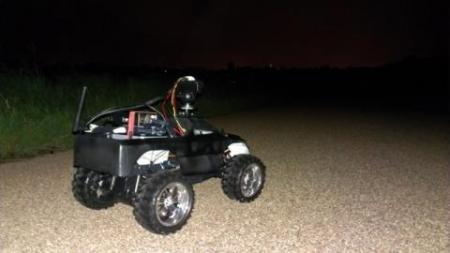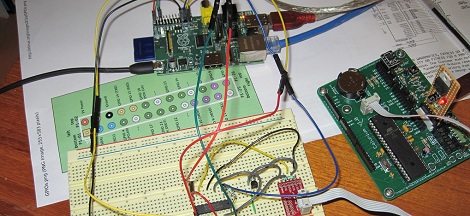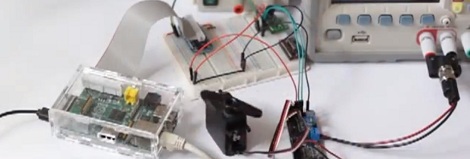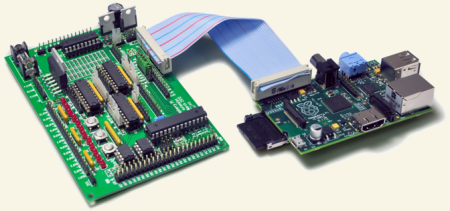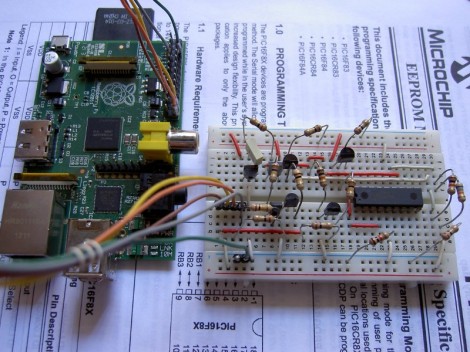Ever wonder how an aerospace engineer would build a telepresence rover? Well, if [algorythmic] can be used as our reference, he’d cram a Raspberry Pi AND an Arduino into an RC truck frame. The arduino is being used for motor control while the Raspberry pi is doing the communicating back and forth to the base. He’s using a ps3 controller as his interface and has slightly modified his PS3 eye for better night viewing.
Before you start shouting that using the raspberry pi AND the arduino is massive overkill, let us remind you that people don’t necessarily go buy/build all the parts for each project with a long-term goal in mind. He could have had both sitting there and realized that he didn’t need to add parts to either of them.
With the Raspberry Pi at the helm, this opens up all kinds of possibilities for adding features to make this an autonomous vehicle. Looking around his blog a little bit, it seems he’s done some visual recognition as well as voice control in the past. This could be interesting!

